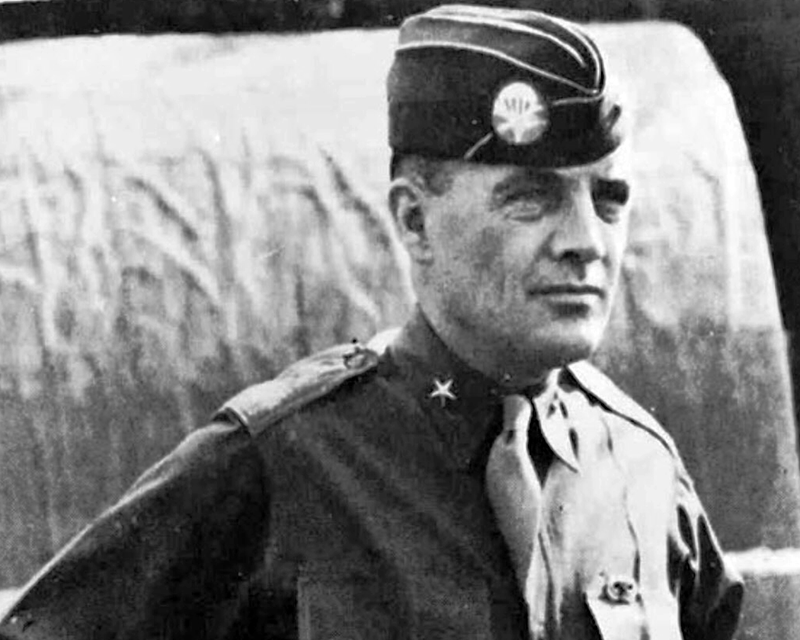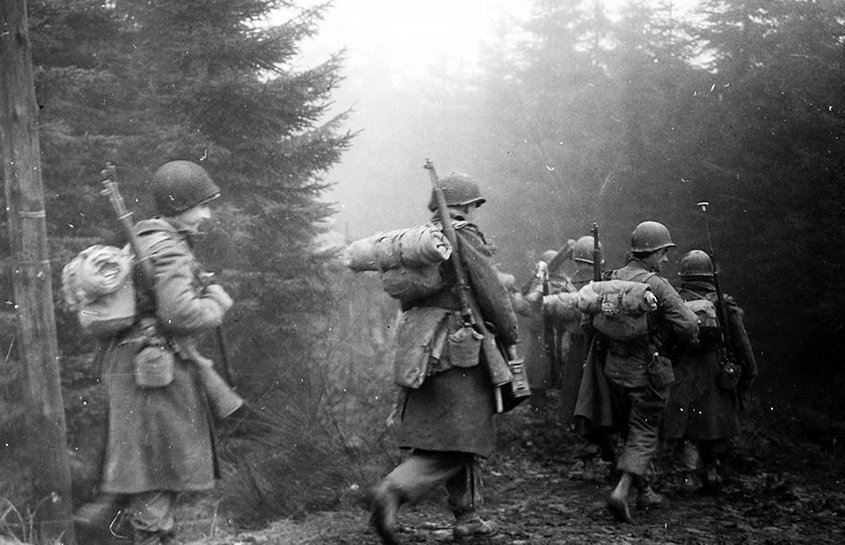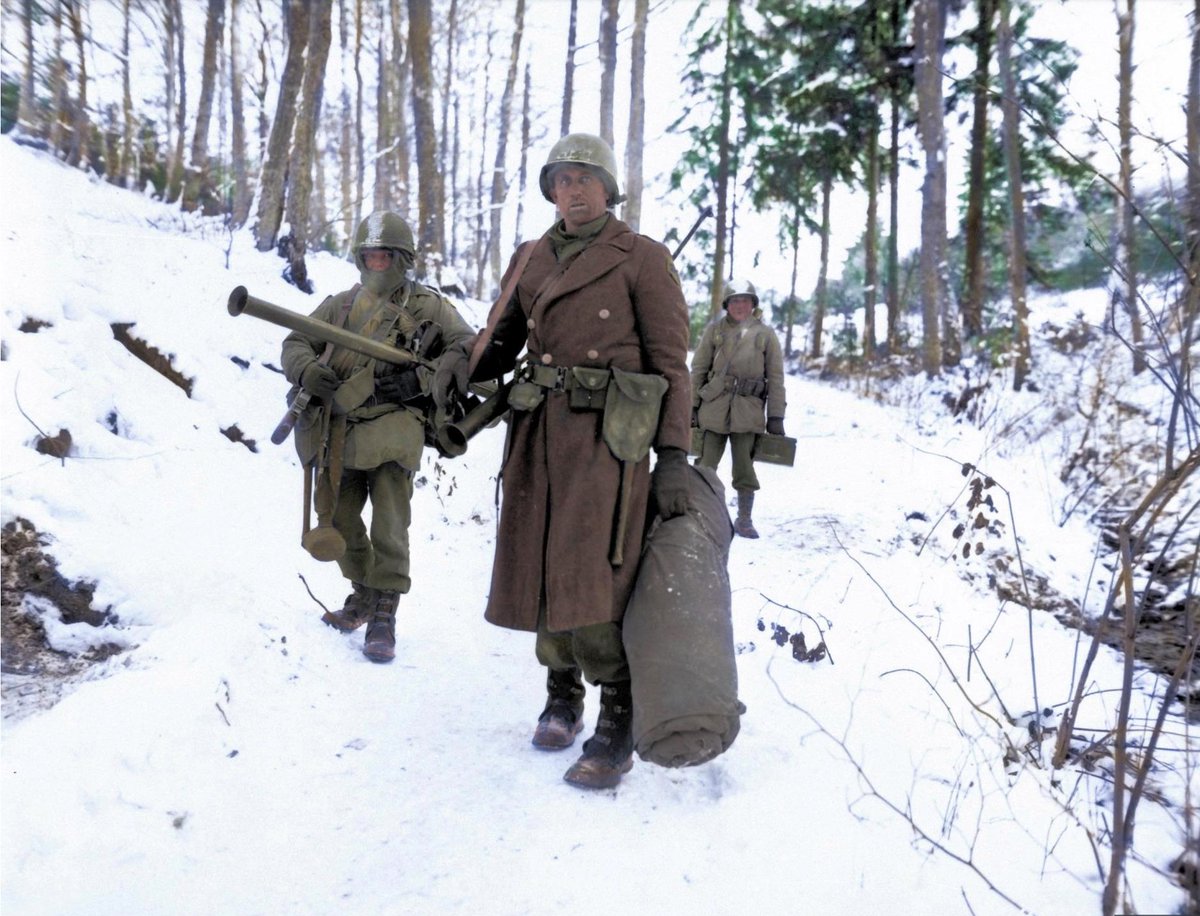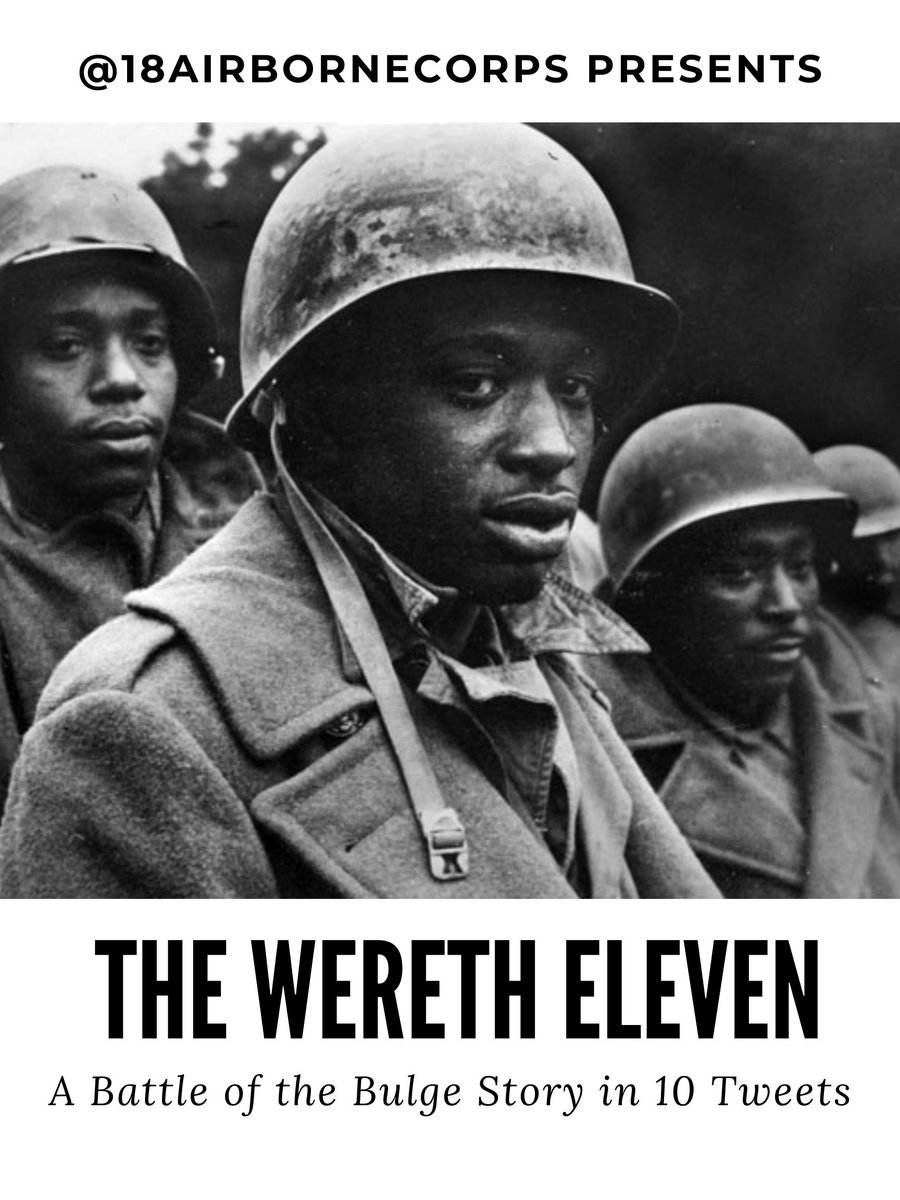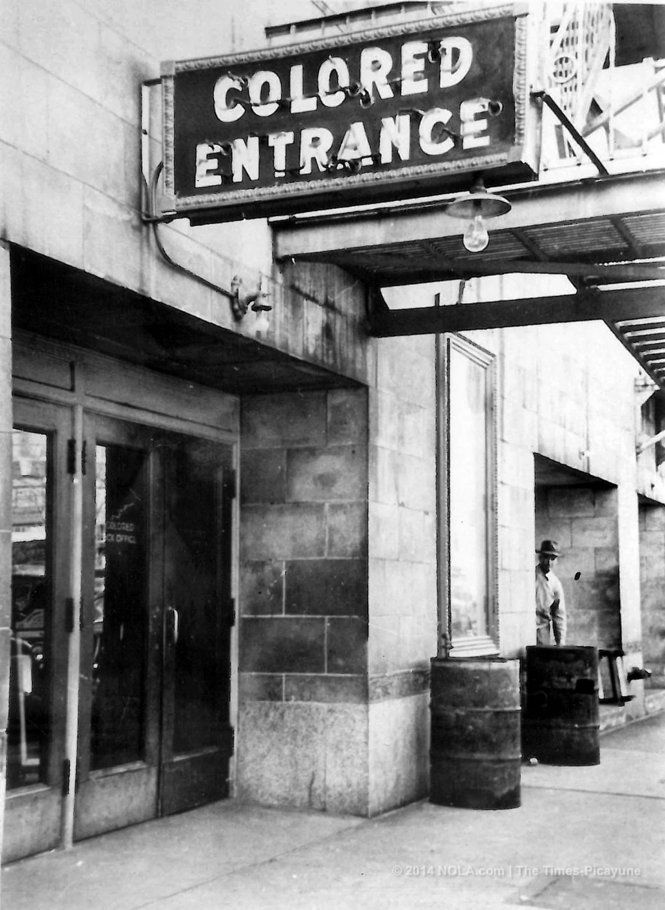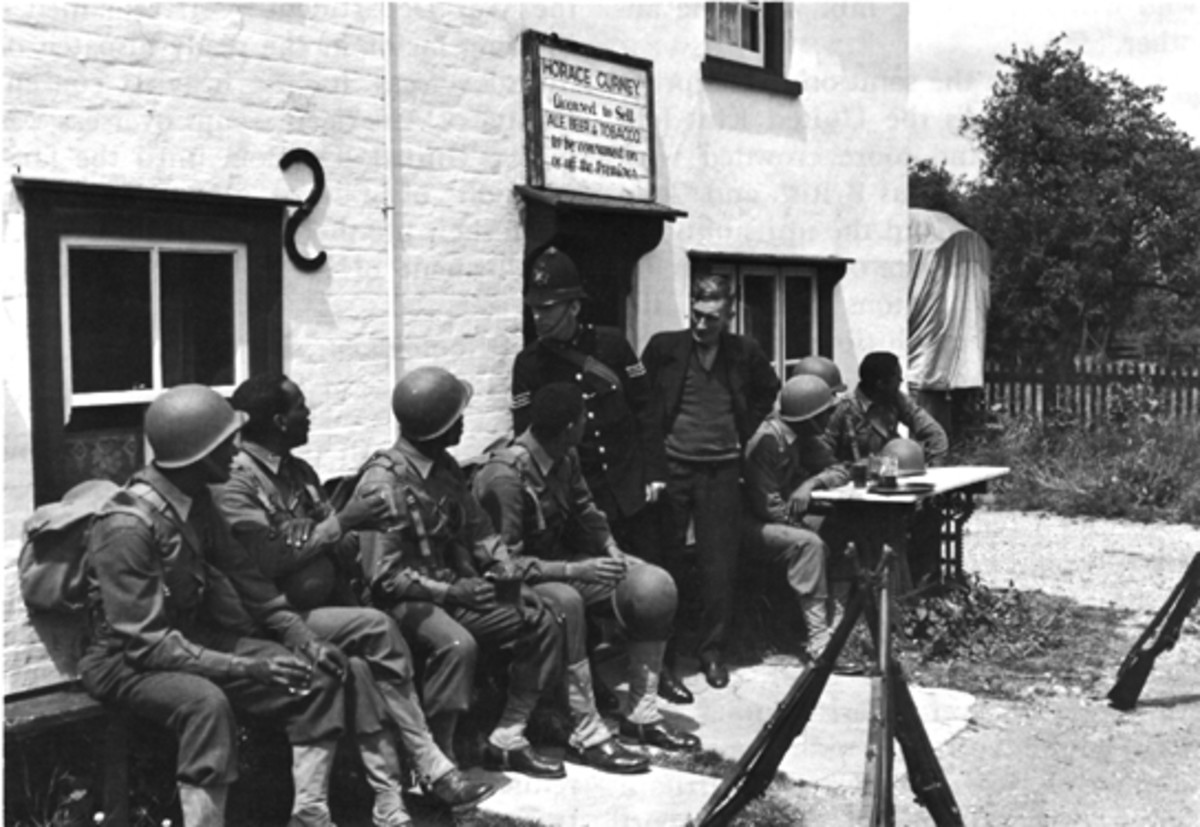
1 OF XVIII: THE DAMNED ENGINEERS
DECEMBER 18, 1944, BATTLE OF THE BULGE, DAY 3
#BoTB
The desperate German gamble was working.
DECEMBER 18, 1944, BATTLE OF THE BULGE, DAY 3
#BoTB
The desperate German gamble was working.

2 of XVIII: For months he doubted this would work. Now, 59 hours into the daring German Ardennes Counteroffensive, Joachim Peiper, leading a group of SS stormtroopers at the front edge of the German advance, looked down from his cupola & realized the US resistance had melted away 

3 of XVIII: As the sun went down over Neucy, Belgium on Dec 18, 1944, Peiper realized he was really going to push into Habiemont and secure the bridges allowing the follow-on-forces westward advance. If the Panzer forces could reach fuel, Antwerp (100+ miles away) was in play. 

4 of XVIII: His Kampfgrupper Peiper had crushed the American forces in Ardennes. The locals had fled. Peiper looked down on a village that resembled a post-apocalyptic wasteland. 

5 of XVIII: Just then an explosion ripped through the quiet. Dirt, steel, snow erupted on the road 600 meters in front of Peiper’s lead tank. The engineers had just blown the bridge in front of him. Peiper would have to fight his way through. [END OF SCENE] 
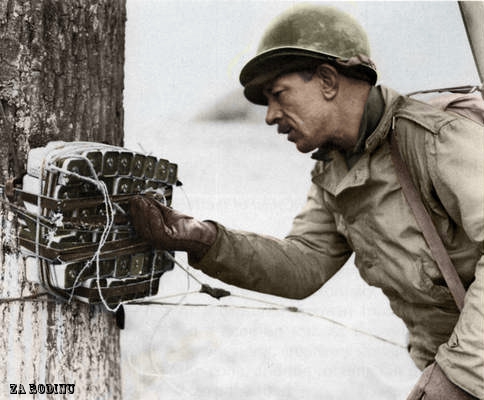
6 of XVIII: In this Nation's rush to glorify the Great Generals of the Battle of the Bulge, there are stories of leadership and compassion that are tragically overlooked. This is one of them. 

7 of XVIII: Before the Battle of the Bulge began, the 291st Engineer Battalion, led by Col. David Pergrin, a 28-year-old @penn_state alum from Elizabeth, PA, was supporting the 1st Army in the sleepy Ardennes front. 
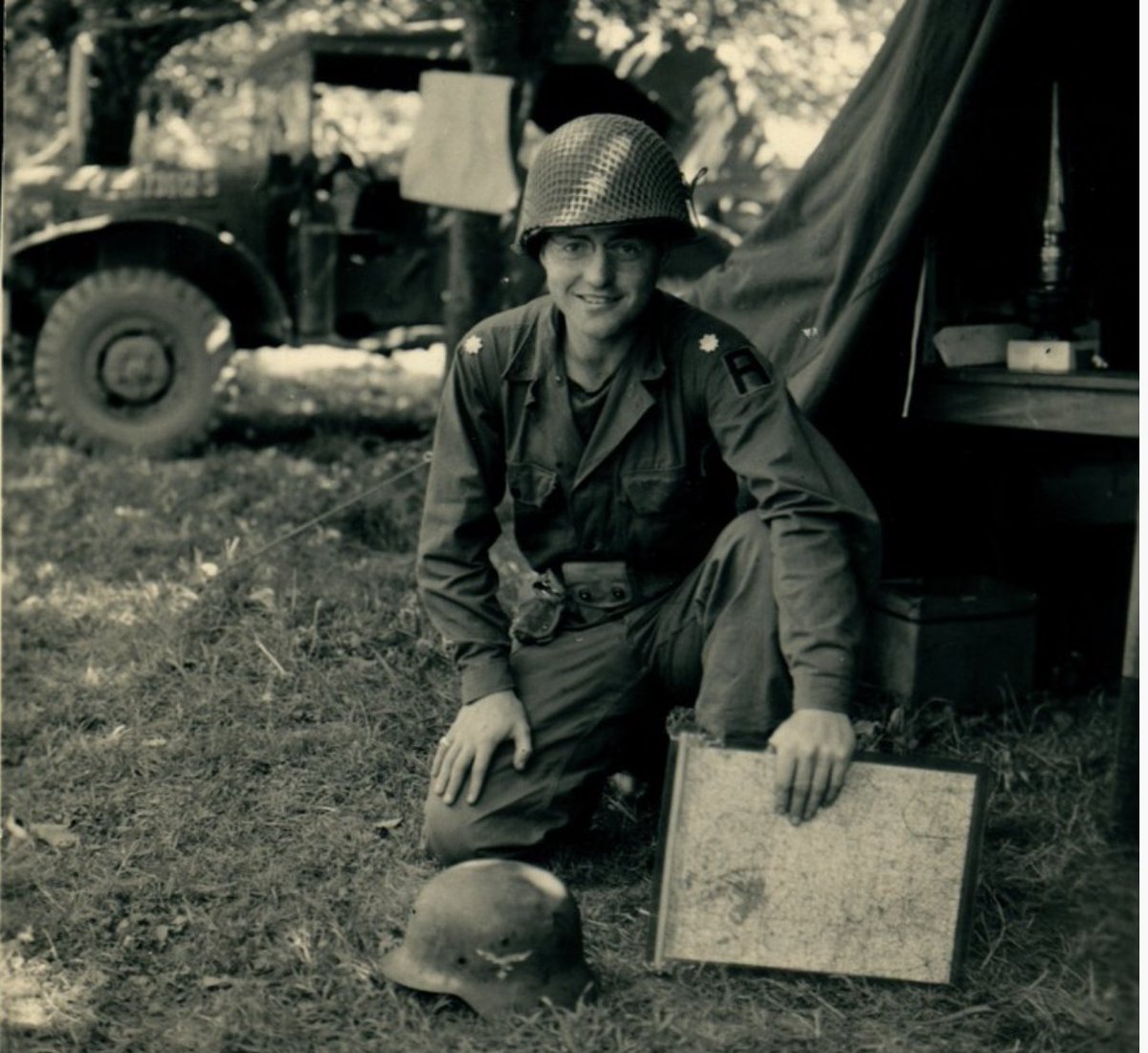
8 of XVIII: When the Ardennes erupted in gunfire with the Battle of the Bulge on December 16, the 291st was in the line of fire. 
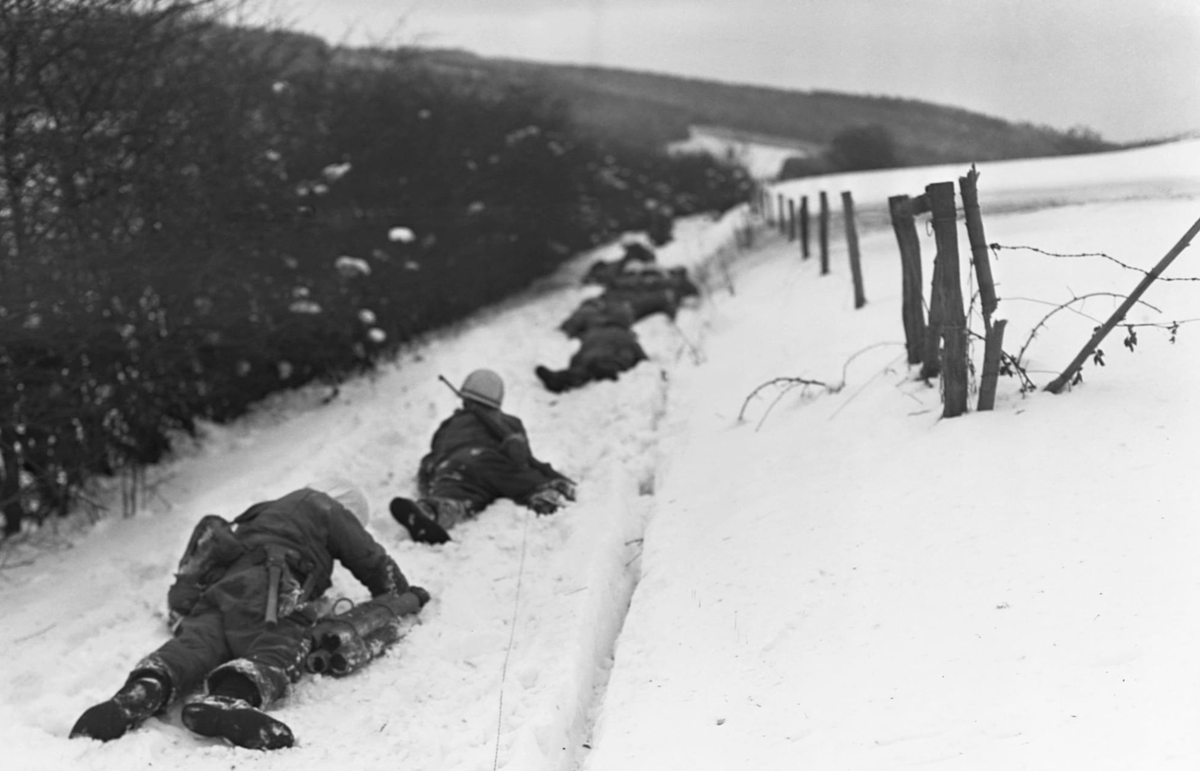
9 of XVIII: As the Allied command attempted to organize a defense, Pergrin was put in charge of holding the Belgian town of Malmédy, which featured a road network vital to the German assault. 

10 of XVIII: Pergrin saw units retreating, leaving his troops all alone without maneuver forces. He saw the manpower & weapons he needed slipping westward through his lines. He tried to convince passing units to throw in with his engineers. None did. 
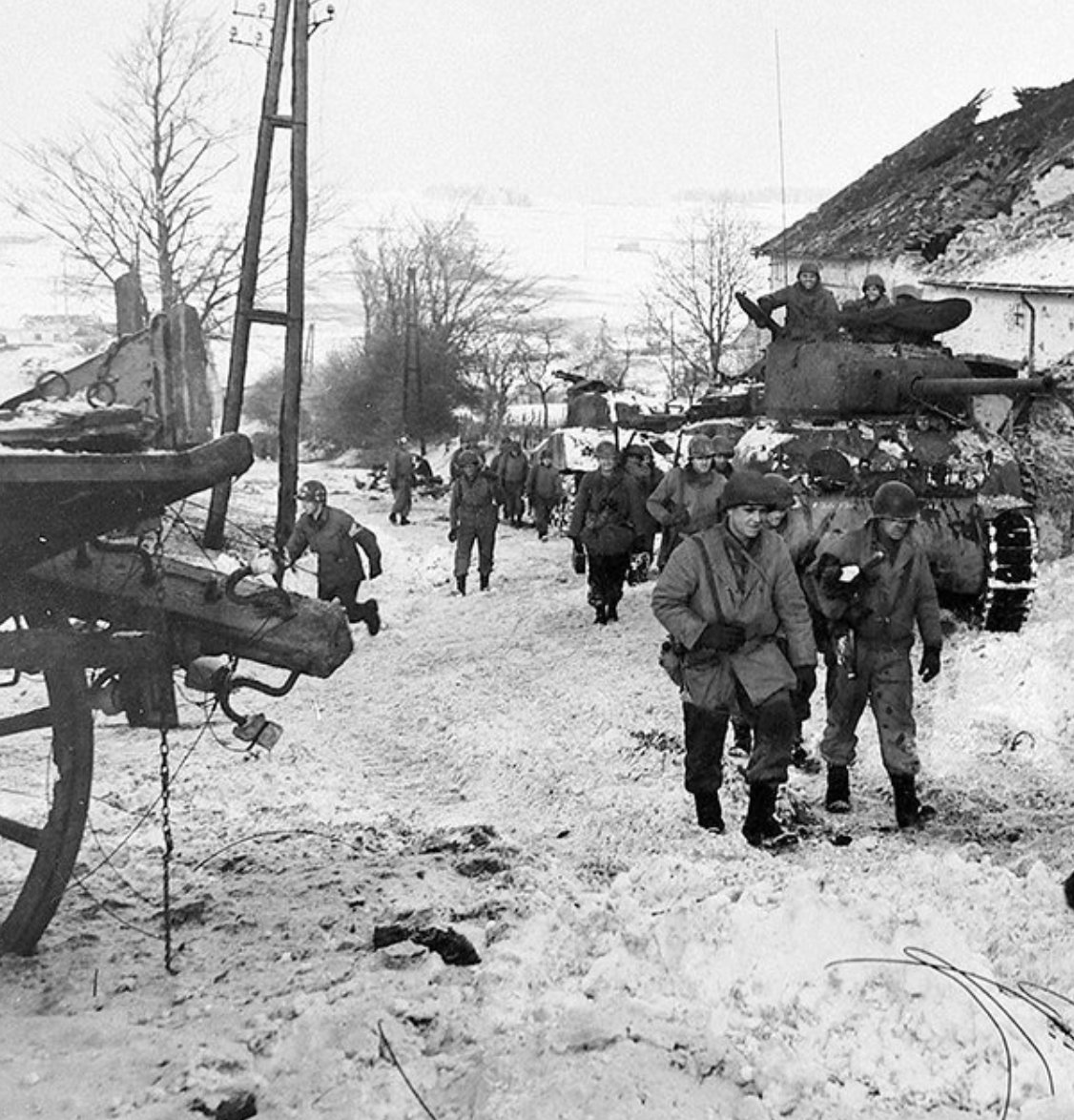
11 of XVIII: By December 18, 1944, all infantry elements in between Kampfrguppe Peiper & the 291st were wiped out or retreated. The 291st was now the only unit stopping Peiper's westward advance from seizing key bridges for the larger Panzer push. 
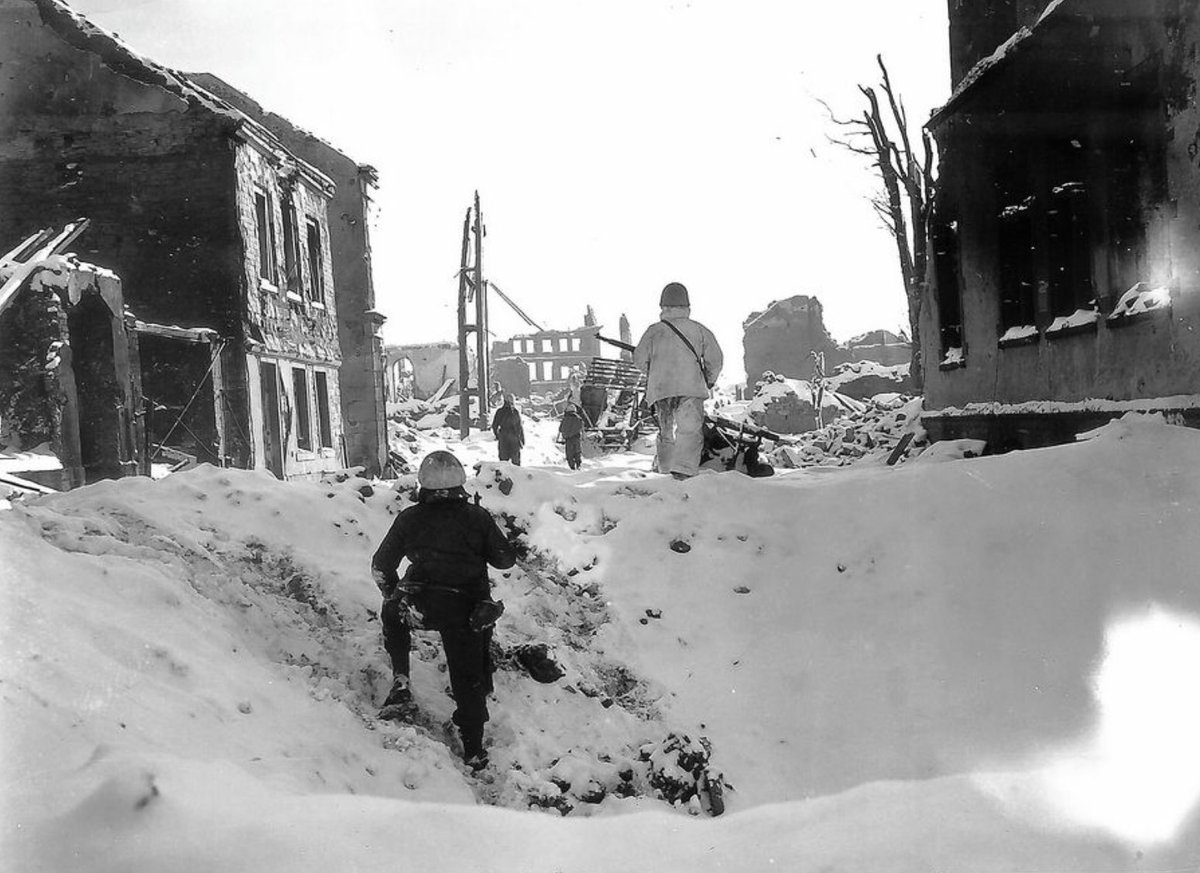
12 of XVIII: Thinking quickly, David employed his engineers as an infantry battalion. He directed his widespread elements to stand in place at the many road junctures & intersections they occupied. 

13 of XVIII: Pergrin judiciously employed his machine guns against Joachim Peiper's avenues of approach. 
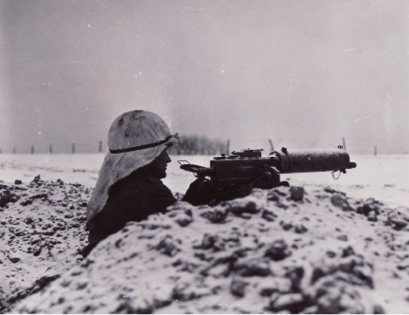
14 of XVIII: Most importantly, by sundown the engineers blew the bridge separating Peiper from the road network leading westward. With his movement halted, all Peiper could do was slam his fist on his tank and yell, "The damned engineers! The damned engineers!" 

15 of XVIII: For the next 48 hours, the outnumbered engineers fought like lions to hold the line & stop Peiper.
16 of XVIII: By Victory in Europe day, the 291st Battalion was the most decorated Army engineer unit of World War II, receiving the Presidential Unit Citation. 

17 of XVIII: After the war, Pergrin settled back in his home state as an engineer for the Pennsylvania Railroad. He gave his time to local charities & became an active member of the Penn State Alumni Association and the 1988 recipient of Penn State's Outstanding Engineer Award. 

FINAL: Combining his love of woodcarving and Penn State, Pergrin established the annual William Rush Woodcarving Show held each year at Penn State Brandywine.
David Pergrin died on April 7, 2012, at the age of 94.
David Pergrin died on April 7, 2012, at the age of 94.

• • •
Missing some Tweet in this thread? You can try to
force a refresh



